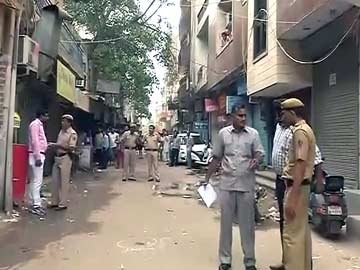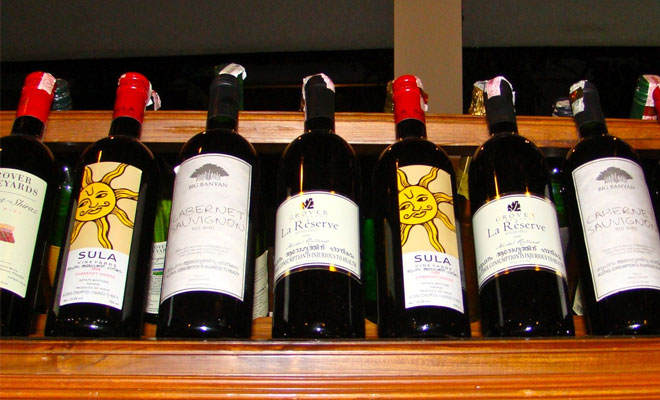
The police said Shaloni, a man in his late twenties, got into an altercation with the group of men, who had driven up in a white Maruti Alto near a daily needs store in Kotla Mubarakpur.
Shaloni, the police said, was walking with two of his friends - one from Manipur and another from Bihar. When the attack took place, both the friends ran away, the police said, adding they received a call about the quarrel at about 2:30 am.
When the police reached the spot, they found Shaloni had been beaten up. They took the injured man to the trauma centre at the All India Institute of Medical Sciences or AIIMS, where he was declared dead.
Shaloni lived in Delhi's Munirka. A case of murder has been registered. The police have seized a CCTV camera from the area and said they have identified a few suspects.
"It seems like a preplanned and unprovoked attack. Home Ministry will probe into the death," says Minister of State for Home Kiren Rijiju.
The death in similar circumstances of Nido Tania, a student from Arunachal Pradesh, early this year had led to street protests and a national debate on discrimination against Indians from the North East.
Nido, 20, was beaten with iron rods and sticks by a group of men after he had an altercation with a shopkeeper and others in Lajpat Nagar market, not far from Kotla Mubarakpur, in January.
Politicians across parties had at the time condemned his death and vowed to work with activists and students from the North East to address their recurring concerns of being racially targeted in Delhi and other cities.
Following the incident, the Delhi Police has once again reiterated these helplines:
North East Helpline: Dial 1093 or 100
If you still need consultation, dial DCP North East Special Unit - 9818099070
If still not satisfied, then send your query through SMS/Whatsapp at 9810083486 or email to robinhibu@gmail.com
Night Emergency DCP mobile (SOS) -- 8750870099 and 8750870094
For eight North East Delhi Police Representatives, visit Facebook - Delhi Police for North East people
Complaint against police: Dial -1064 or 1031
Crime against Women and Children: Dial 1091








 People
from the North Eastern States of India have long suffered isolation
from the rest of the country. The Seven Sisters (Assam, Arunachal
Pradesh, Meghalaya, Mizoram, Manipur, Nagaland and Tripura) have been
blighted by a triple whammy: geographical remoteness; markedly different
physical characteristics and apathetic measures for development and
inclusion. Resultantly, there have been mutual problems of acceptance
between the people of North East and those on the larger side of the
slender Siliguri Corridor (that narrow corridor leading into the North
Eastern States).
People
from the North Eastern States of India have long suffered isolation
from the rest of the country. The Seven Sisters (Assam, Arunachal
Pradesh, Meghalaya, Mizoram, Manipur, Nagaland and Tripura) have been
blighted by a triple whammy: geographical remoteness; markedly different
physical characteristics and apathetic measures for development and
inclusion. Resultantly, there have been mutual problems of acceptance
between the people of North East and those on the larger side of the
slender Siliguri Corridor (that narrow corridor leading into the North
Eastern States).






